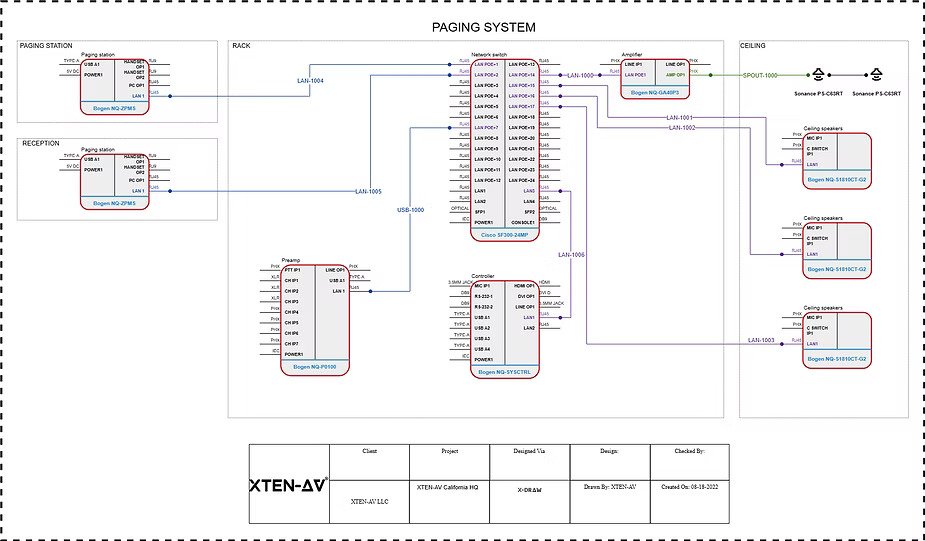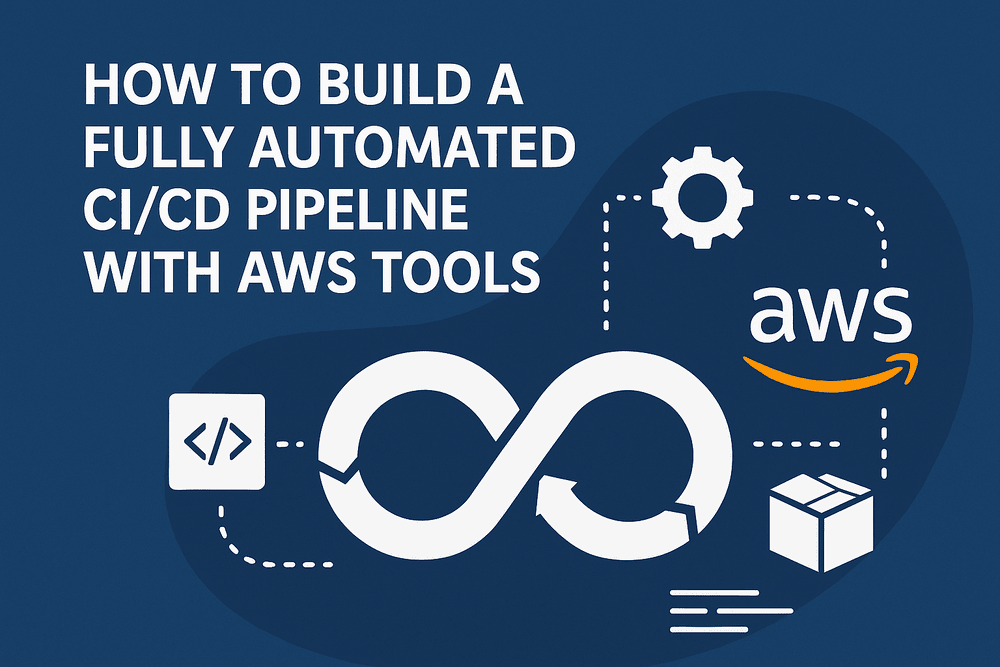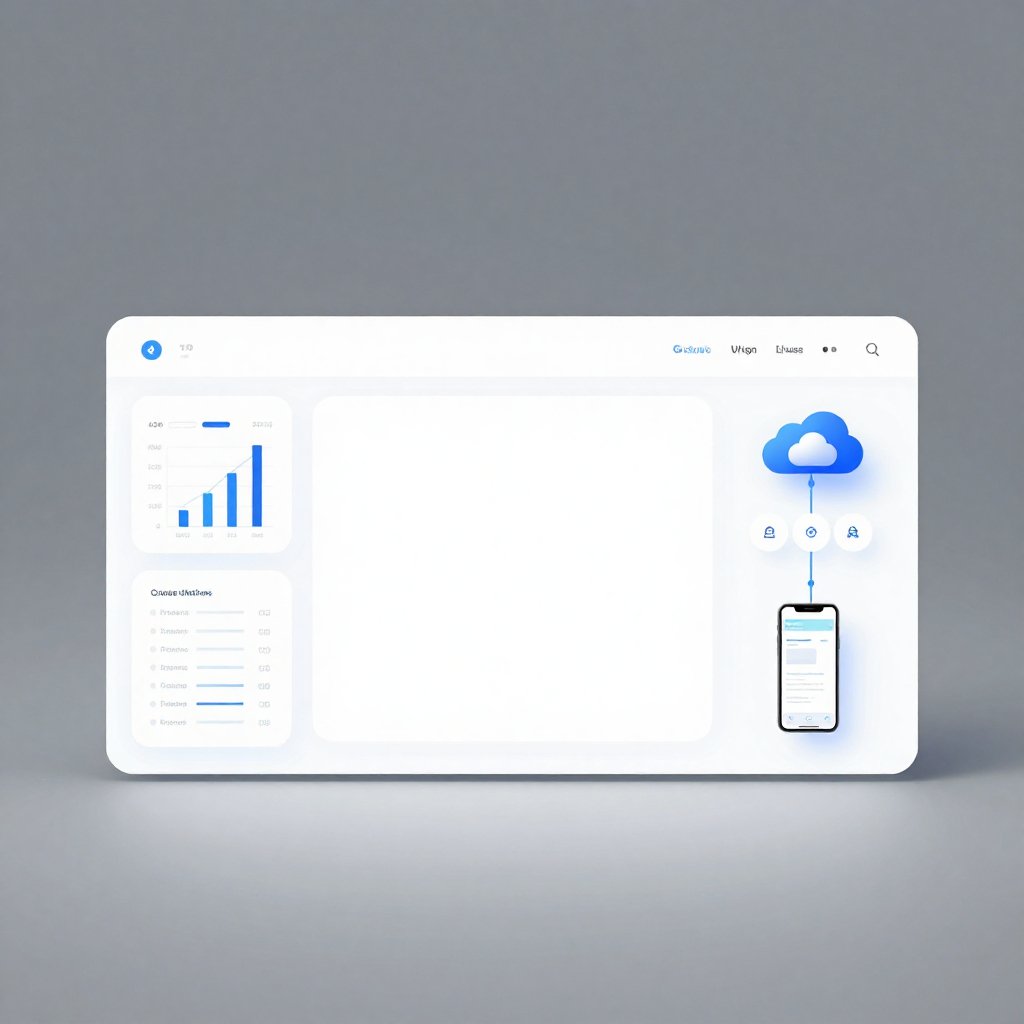XTEN-AV empowers AV professionals to create accurate, efficient, and collaborative CAD designs that minimize errors and streamline workflows. Despite advanced tools, collaboration often breaks down in AV CAD projects, leading to miscommunication, design inconsistencies, and costly delays. AV projects typically involve multiple stakeholders, including designers, integrators, electricians, project managers, and clients. When collaboration falters, even small errors in CAD can snowball into significant installation problems and frustration on site.
In this blog, we explore common areas where collaboration breaks down in AV CAD projects, the consequences of these issues, and how AV-specific platforms like XTEN-AV can solve them.
1. Misaligned Layer Management
One of the most common collaboration challenges in AV CAD projects is inconsistent layer management. Designers often assign layers differently, or integrate legacy CAD files with varying conventions.
When team members open a drawing, they may encounter:
- Overlapping layers that cause visual clutter
- Misplaced components on incorrect layers
- Difficulty distinguishing between power, audio, video, and control lines
This inconsistency leads to misinterpretation of the design, errors during installation, and delays in commissioning. XTEN-AV standardizes layers and automatically assigns components to the correct layer, ensuring that everyone is working from a clear and unified drawing.
2. Inaccurate Device Libraries
Collaboration suffers when team members use outdated or incorrect device blocks. For example, one designer might use an obsolete projector block, while another uses the latest model.
This creates confusion during installation, as technicians cannot rely on CAD drawings to match real-world equipment. Incorrect or inconsistent device libraries also complicate procurement and rack planning.
XTEN-AV provides up-to-date AV-specific libraries, ensuring all collaborators are working with accurate device representations, reducing errors, and streamlining communication.
3. Conflicting Design Changes
In multi-user CAD projects, different team members may make simultaneous changes to the same drawing without proper version control.
Conflicts arise when:
- One designer moves a speaker while another reroutes cables in the same area
- Updates to projector placement are not communicated to the team
- Layer adjustments by one team member overwrite changes made by another
These conflicts can result in duplicated work, missed corrections, and installation errors. XTEN-AV includes collaborative features and version tracking, allowing teams to manage changes efficiently and avoid conflicts.
4. Unclear Annotations and Documentation
AV CAD projects rely heavily on annotations for installation instructions, device specifications, and cable routing details. Collaboration breaks down when annotations are inconsistent, incomplete, or unclear.
Installers may struggle to interpret:
- Cable paths and connections
- Speaker coverage zones
- Rack wiring diagrams
- Device mounting instructions
Ambiguous documentation leads to delays, rework, and potential system performance issues. Using XTEN-AV ensures that annotations are standardized, consistent, and clear for all team members.
5. Lack of Standard Templates
Without standard templates, each designer may create drawings differently, resulting in inconsistent formats, layer structures, and block usage.
This inconsistency complicates collaboration as team members must spend time adjusting or reformatting drawings before they can contribute or review changes.
XTEN-AV provides prebuilt, AV-specific templates that ensure consistency across all projects, making collaboration smoother and reducing time spent on administrative CAD tasks.
6. Manual Verification of Measurements
AV CAD projects require precise measurements for projector throw distances, screen sizes, speaker placement, and rack layouts. Collaboration falters when designers rely on manual verification.
If one team member miscalculates a throw distance or rack space, the error may go unnoticed until installation, causing delays and rework. Multiple team members verifying measurements independently wastes time and increases the risk of errors.
XTEN-AV automates these calculations, ensuring that all collaborators have access to accurate measurements without manual verification, which speeds up the workflow and reduces errors.
7. Poor Communication Between Teams
Collaboration is not just about CAD drawings; it also involves clear communication between designers, integrators, and project managers. Breakdowns occur when:
- Updates to drawings are not communicated promptly
- Project requirements change but are not reflected in CAD files
- Team members rely on email or informal messages rather than integrated collaboration tools
These communication gaps lead to misunderstandings, duplicated efforts, and mistakes during installation. XTEN-AV centralizes project information and updates, ensuring that all stakeholders have access to the latest designs and project requirements.
8. Time Lost in Conflict Resolution
When collaboration breaks down, significant time is spent resolving conflicts rather than progressing with the project. Designers may need to redo drawings, clarify annotations, or verify measurements multiple times.
This time could be better spent optimizing system performance, planning installations, or improving client deliverables. Using XTEN-AV reduces conflict by maintaining accurate, standardized, and up-to-date CAD files that are easy for all team members to understand.
9. Difficulty Scaling Projects
Collaboration breakdowns become more pronounced in larger projects involving multiple floors, rooms, or systems. Without a streamlined collaborative workflow, teams may struggle to maintain consistency and accuracy across all areas.
Scaling projects without proper collaboration tools can lead to missed deadlines, errors in device placement, and incomplete documentation. XTEN-AV allows teams to scale projects efficiently while maintaining accuracy and collaboration standards.
10. Client Expectations and Professional Reputation
Breakdowns in collaboration ultimately affect client satisfaction. Delays, installation errors, and miscommunication can make clients perceive your team as disorganized or unreliable.
Using standardized templates, accurate device libraries, automated calculations, and centralized collaboration tools like XTEN-AV ensures that projects are delivered on time and meet performance expectations. Reliable collaboration strengthens client trust and enhances your professional reputation.
Conclusion
Collaboration is critical to the success of AV CAD projects, yet it is often the source of delays, errors, and frustration. Common breakdowns occur due to misaligned layers, outdated device libraries, conflicting design changes, unclear annotations, lack of standard templates, manual verification, and poor communication.
XTEN-AV demonstrates that modern AV-specific CAD platforms can solve these collaboration challenges. By standardizing templates, automating calculations, providing accurate device libraries, and centralizing project updates, AV teams can work together efficiently, reduce errors, and deliver high-quality projects on time.
For AV professionals, smooth collaboration is not optional—it is essential. Avoiding breakdowns in CAD collaboration ensures that projects run efficiently, clients remain satisfied, and your company maintains a strong reputation in the competitive AV industry.
Read more: https://nexthypezone.com/where-av-designers-waste-the-most-time-in-cad/
















Leave a Reply